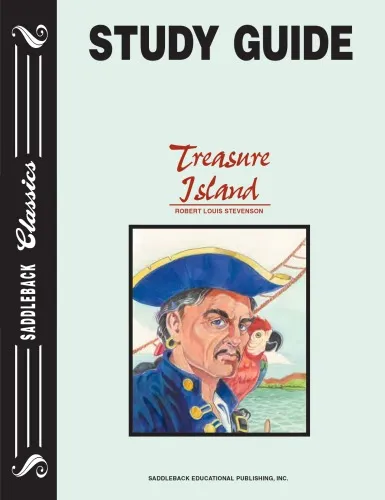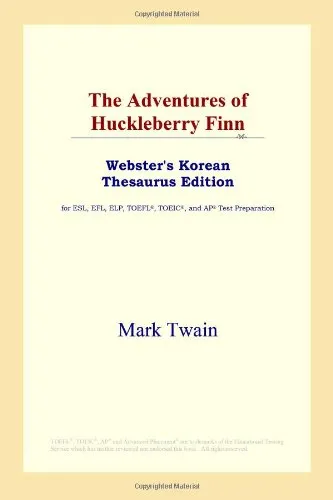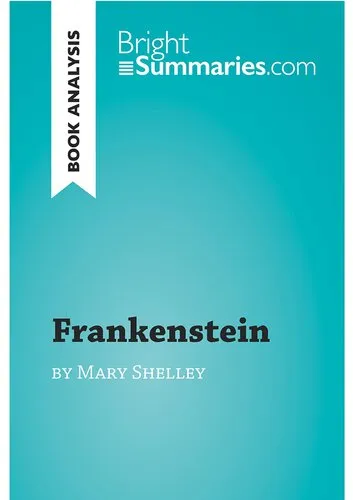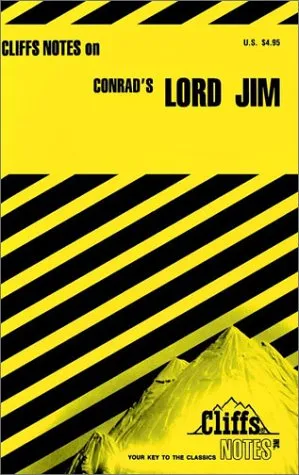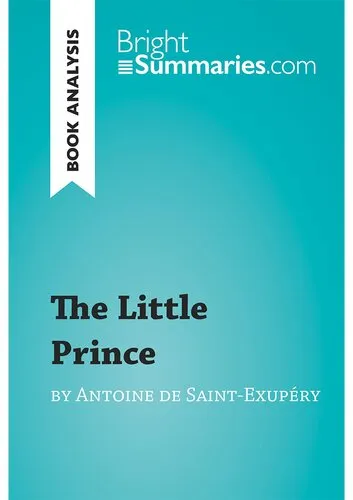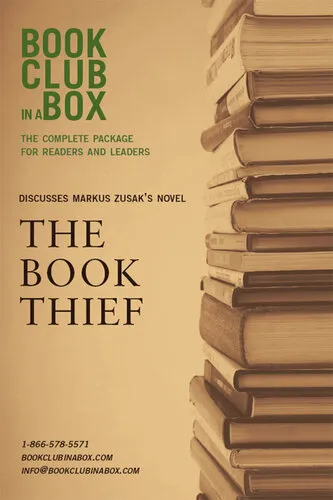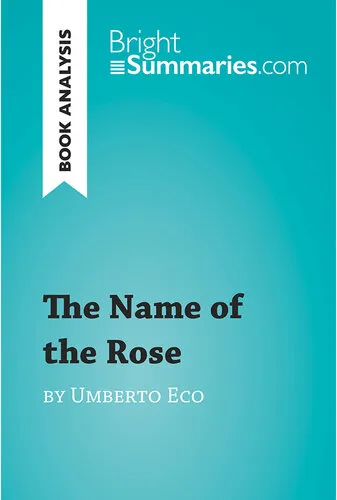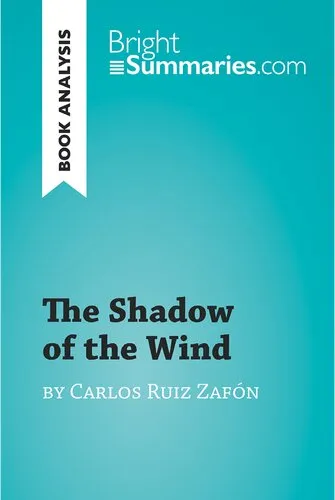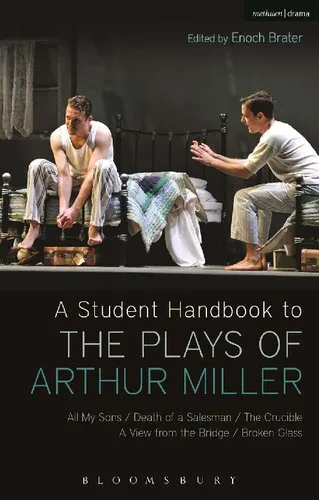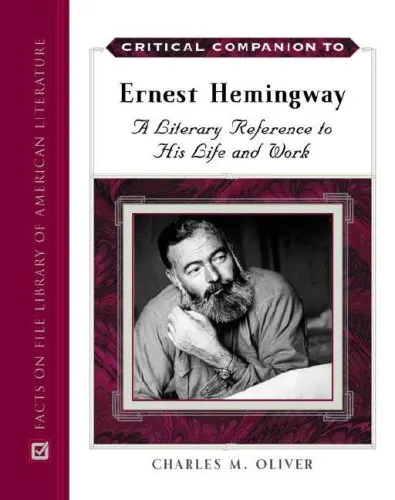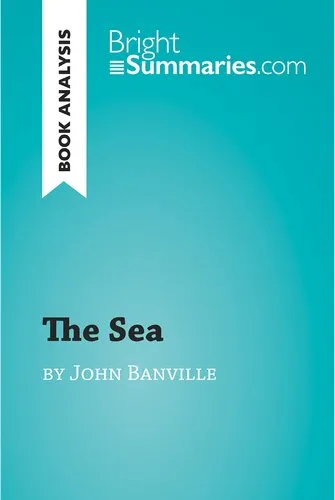Treasure Island Study Guide
4.3
Reviews from our users

You Can Ask your questions from this book's AI after Login
Each download or ask from book AI costs 2 points. To earn more free points, please visit the Points Guide Page and complete some valuable actions.Related Refrences:
Introduction to 'Treasure Island Study Guide'
Welcome to the comprehensive study guide for Robert Louis Stevenson's classic adventure novel, Treasure Island. In this guide, you'll find an in-depth exploration of the novel's themes, characters, and plot, along with key takeaways, famous quotes, and the significance of the book in literary history.
Detailed Summary of the Book
Published in 1883, Robert Louis Stevenson’s Treasure Island is a timeless tale of pirates, adventure, and treasure. The story begins with young Jim Hawkins discovering a map that leads to the legendary treasure of the infamous Captain Flint. The narrative quickly propels into a gripping adventure as Jim and his companions set sail aboard the Hispaniola in search of Flint's fortune.
The novel is set in the mid-18th century and immerses readers in a world filled with danger and intrigue on the high seas. As Jim becomes embroiled in mutiny and betrayal, he crosses paths with iconic characters such as Long John Silver, whose complex personality blurs the lines between loyal ship’s cook and villainous pirate.
Stevenson masterfully combines suspense and vivid descriptions to create a captivating tale that explores themes of loyalty, bravery, and the corrupting allure of treasure. Treasure Island is more than just an adventure story; it is a deep exploration of moral ambiguity and the adventurous spirit inherent in us all.
Key Takeaways
- The conflict between good and evil is often a central theme, highlighting the dual nature of characters like Long John Silver.
- The novel emphasizes the concept of adventure and the pursuit of dreams, portraying both their excitement and perils.
- Stevenson’s vivid imagery and dynamic storytelling allow readers to vividly imagine the world of pirates and sea voyages.
- Friendship and loyalty are recurring themes, often tested amidst betrayal and greed, underscoring the profound moral questions within the narrative.
Famous Quotes from the Book
"Fifteen men on the dead man's chest—Yo-ho-ho, and a bottle of rum!"
"I'll stove your jam-pot if you say that again!"
"Seaward ho! Hang the treasure! It's the glory of the sea that has turned my head."
Why This Book Matters
Treasure Island holds a foundational place in the adventure genre, shaping the popular image of pirates and sea adventures for generations. Its enduring legacy is evident not only in literature but in the broader cultural imagination. The novel's influence can be seen in countless adaptations, from films to stage productions, each reimagining the captivating tales of treasure hunts and pirate escapades.
Moreover, Stevenson's rich characterizations, especially that of Long John Silver, provide depth and moral complexity, inviting readers to consider the nuances in human behavior. The novel challenges readers to question the simplistic dichotomies of hero and villain, illustrating how circumstances and desires can drive one to moral extremes.
Ultimately, Treasure Island is a story about growth, courage, and the spirit of adventure. Its captivating narrative and enduring themes make it a crucial read for anyone interested in classic literature, adventure stories, or the rich tapestry of human morality and exploration.
Free Direct Download
You Can Download this book after Login
Accessing books through legal platforms and public libraries not only supports the rights of authors and publishers but also contributes to the sustainability of reading culture. Before downloading, please take a moment to consider these options.
Find this book on other platforms:
WorldCat helps you find books in libraries worldwide.
See ratings, reviews, and discussions on Goodreads.
Find and buy rare or used books on AbeBooks.
1546
بازدید4.3
امتیاز0
نظر98%
رضایتReviews:
4.3
Based on 0 users review
Questions & Answers
Ask questions about this book or help others by answering
No questions yet. Be the first to ask!
